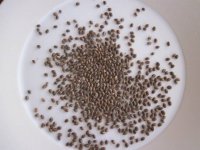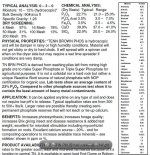M
MrSterling
Yeah can we go over soft rock phosphate? From what I gleam from cc the production is less than environmentally friendly, which is enough for me to pass on it but I'd like to know how it interacts in an organic soil mix.








